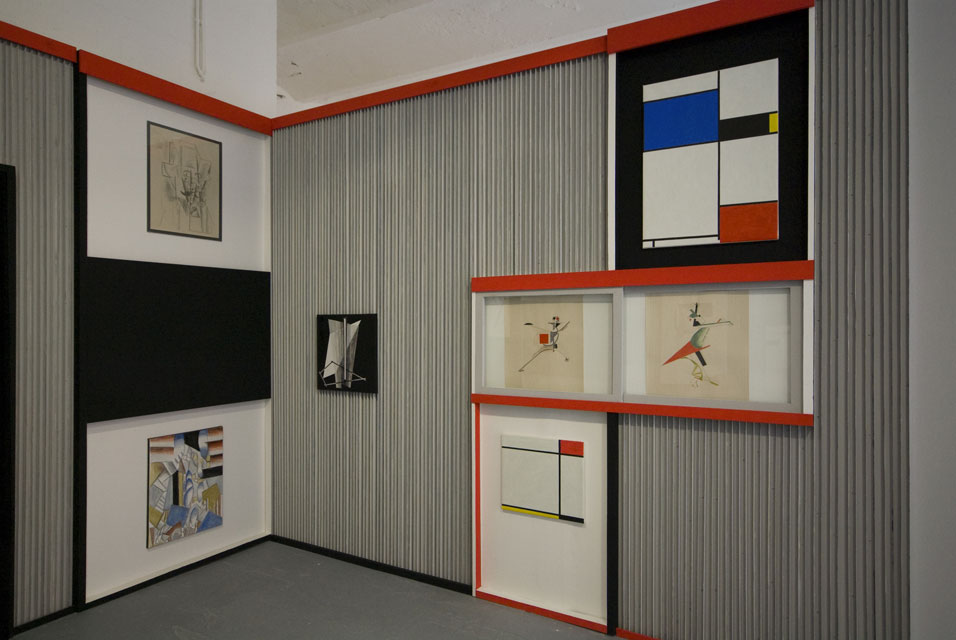Artist:
Museum of American Art, Berlin (founded 2004 in Berlin, Germany).
Description:
“The history of MoMA stands at the center of the Museum of American Art’s research, which is consolidated in different collections at various venues. One collection, for instance, presents one of Dorner’s most famous Bauhaus-Constructivist experiments, El Lissitzky’s Abstract Cabinet (1927–28), as one of the predecessors of MoMA. The story of the International Programme of Circulating Exhibitions is central to the display of the Museum of American Art in Berlin, located in a residential flat in a classic GDR-high-rise building on what was originally named ‘Stalinallee’, now ‘Frankfurter Allee’, which is perhaps the institute’s most comprehensive collection.
“The displays of the Museum of American Art are rigorous and playful, just as it deals with its loaded topic in a manner both serious and humorous. It is a festival of going down the rabbit hole, where everything that is familiar turns into something strange. The question that is puzzling when walking through Museum of American Art displays is their seeming ambivalence about their subject. On the one hand, the use of dilettantish copies suggests a radical critique of the notions of uniqueness and originality that remain central to MoMA’s narrative of modern art. On the other, there is an enormous delight and care in the reconstruction of that narrative, and a lack of cynicism in the way in which it celebrates MoMA’s colonial dominance in the post-War period.”
—Steven ten Thije, “The Joye of Meta: On the Museum of American Art,” Afterall 37 (Autumn/Winter 2014).


